In simplest terms, tomato concassé are small diced tomatoes with no skin and no seeds. There’s a seven-step procedure to make these most efficiently and there are plenty of recipes where using tomato concassée is better than just adding tomatoes that you’ve chopped quickly on a cutting board. Not only can the seeds and skin of a tomato be bitter and effect the flavor of the food, but they also are unsightly in many food preparations and can be unpleasant to eat. By removing them before adding them to stews, soups and sauces you enhance the flavor, appearance and experience of the food you’re making. All good reasons, right?
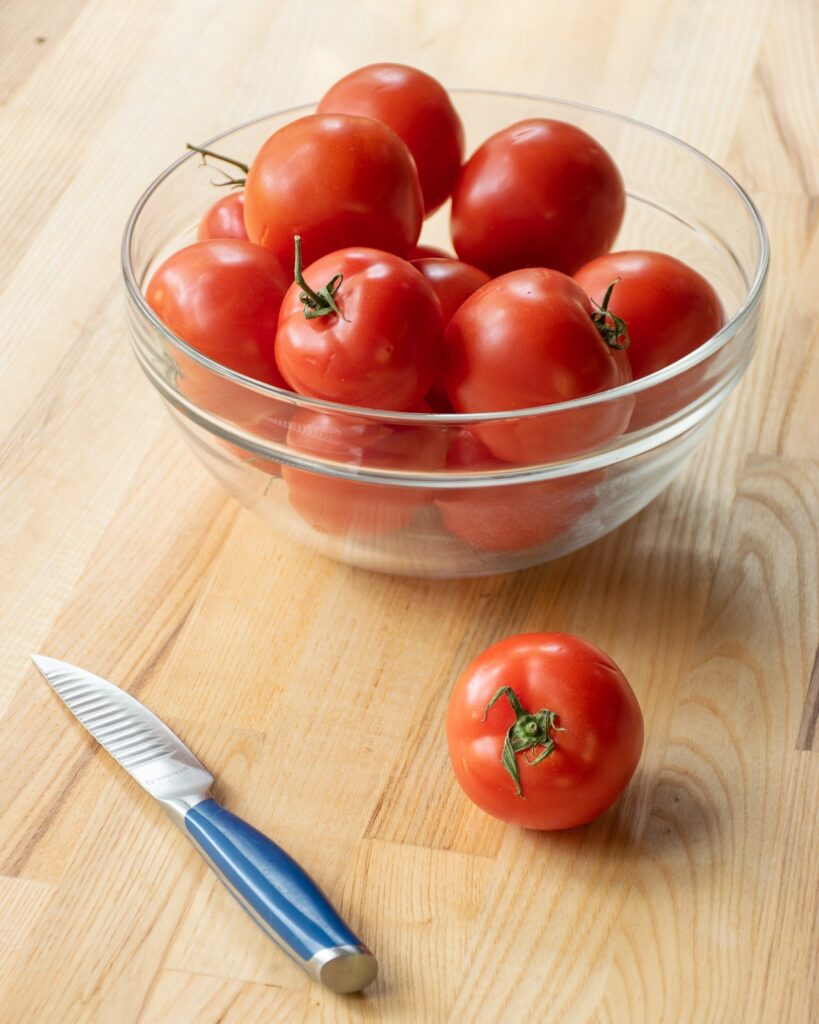
Core
The first step in making tomato concassé is to core the tomatoes. I use a paring knife for this, circling the stem and removing the bitter, white core.

Score
The next step is to make an “X” in the bottom of the tomato. Try to slice just the skin and not too much of the flesh. It is scoring that allows the peel to easily pull away from the flesh of the tomato in the next step.
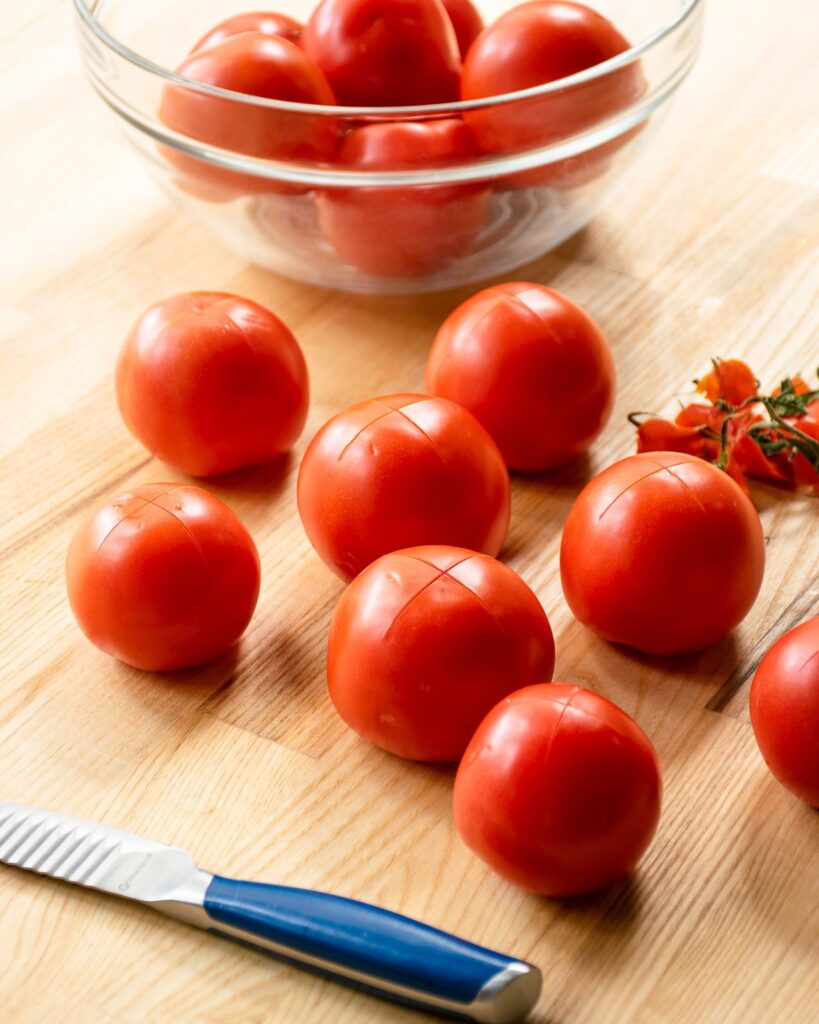
Blanch
To blanch something means to submerge it in boiling water for a short period of time. Add your cored and scored tomatoes to boiling water and stand by. It won’t take long for the peel to start to pull away from the tomato and you will see this happen. How long it takes (1 to 3 minutes) will depend on how ripe your tomatoes are.
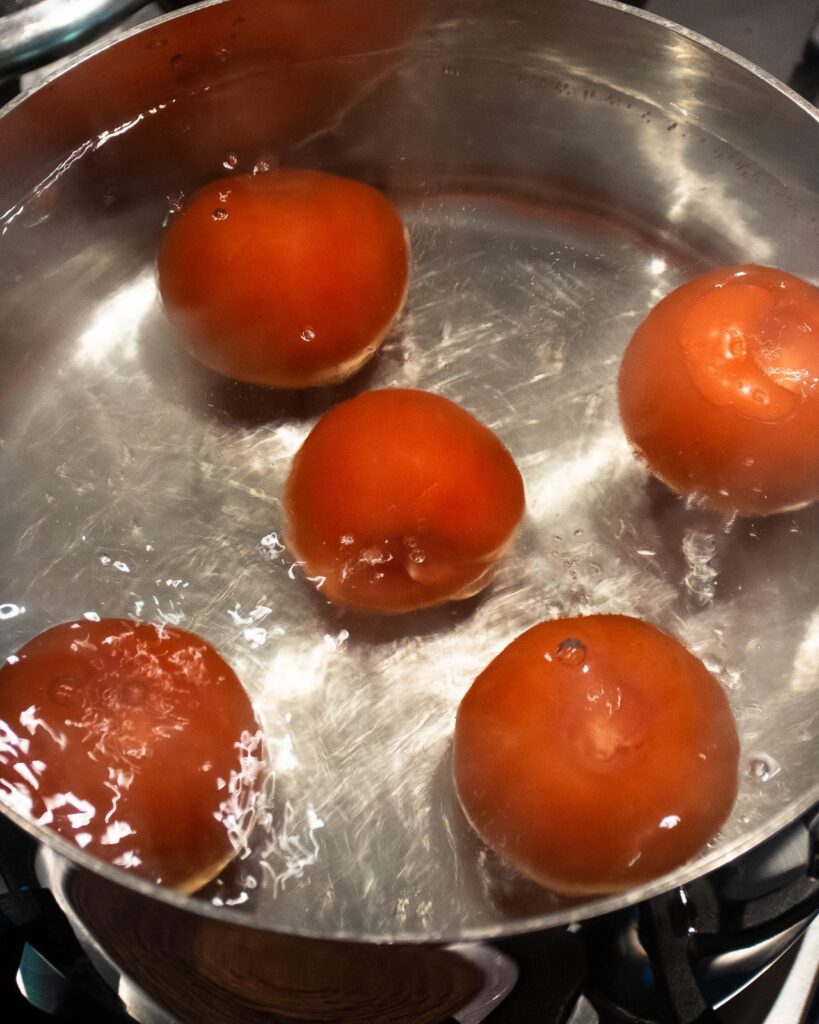
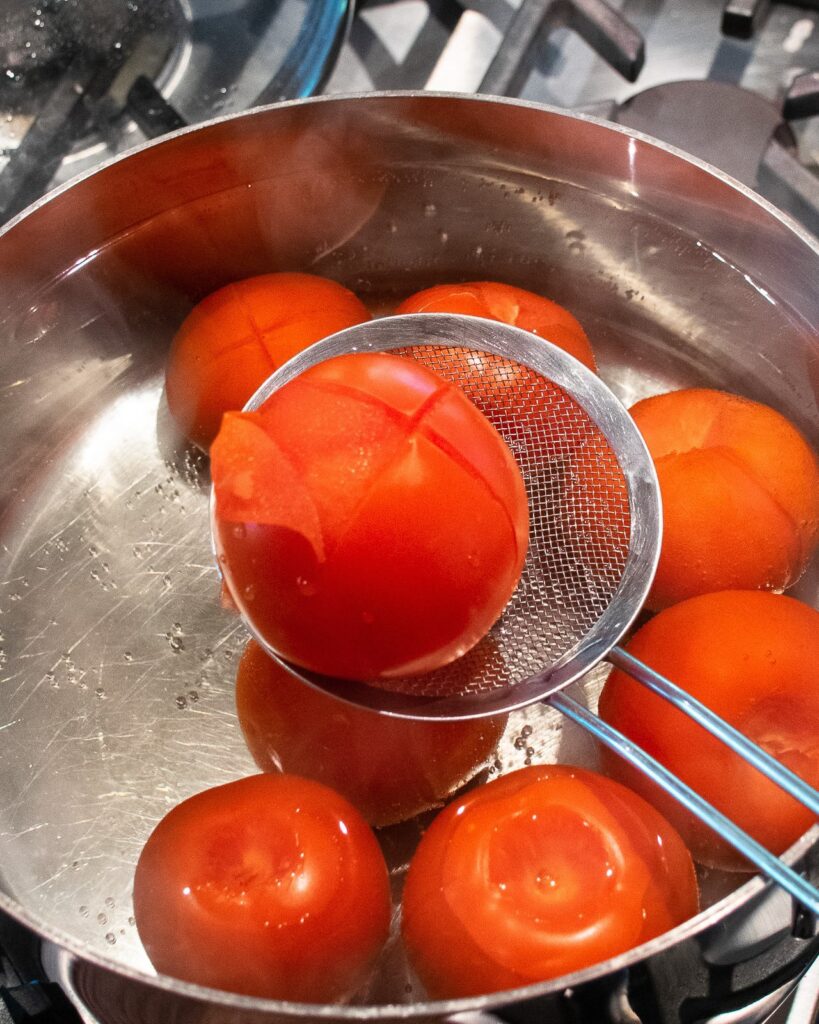
Shock
Shocking is a step that usually comes right after blanching and no, shocking your tomatoes does not mean yelling “BOO” at them. It refers to transferring food to a very cold ice water bath to change the temperature of the food drastically and stop the cooking process. Remove the tomatoes from the boiling water and submerge them completely in a bowl of ice water.

Peel
The tomatoes don’t need to stay in the ice bath for long – just long enough to bring their temperature back down again. Remove them from the ice bath and use a paring knife to peel away the skin. The skin can be put into your compost bin, but it is generally too bitter to use for cooking purposes.
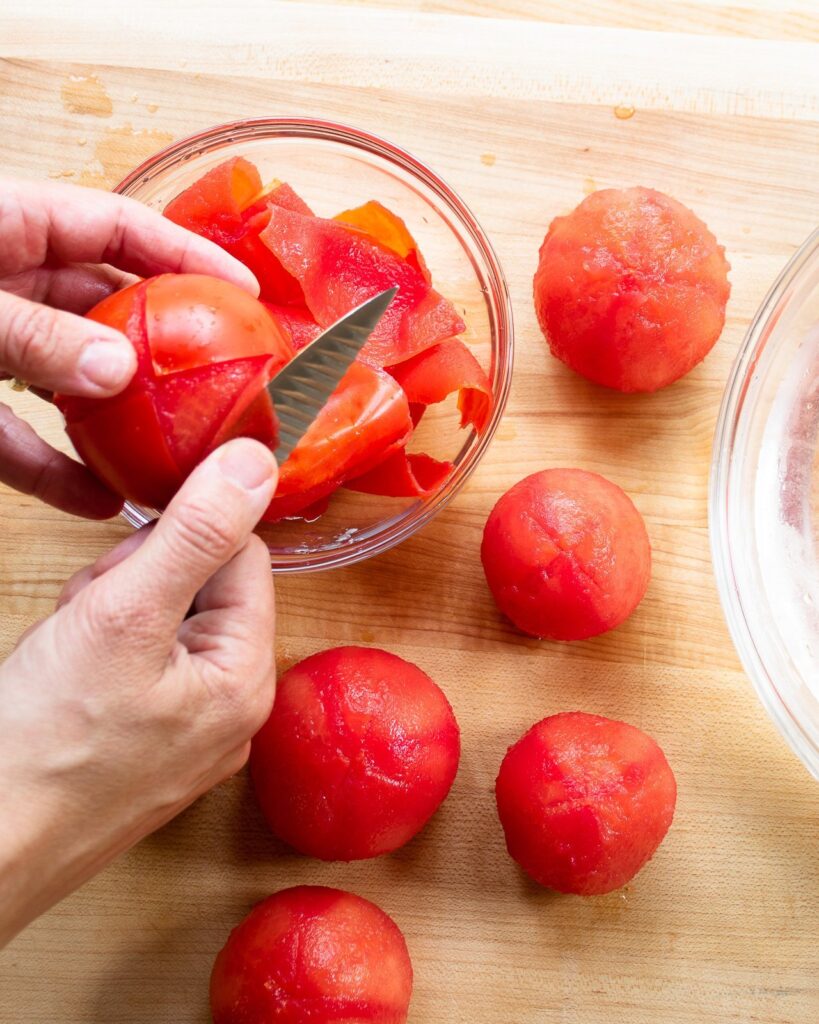
Seed
Once you’ve peeled your tomatoes, it’s time to quarter them and seed them. If the tomatoes are a bit pithy and white (as these tomatoes are), cut away all the inside of the tomato. If, on the other hand, the tomatoes are beautifully red inside, simply scoop the seeds out with your fingers and use the entire tomato flesh in the next step.
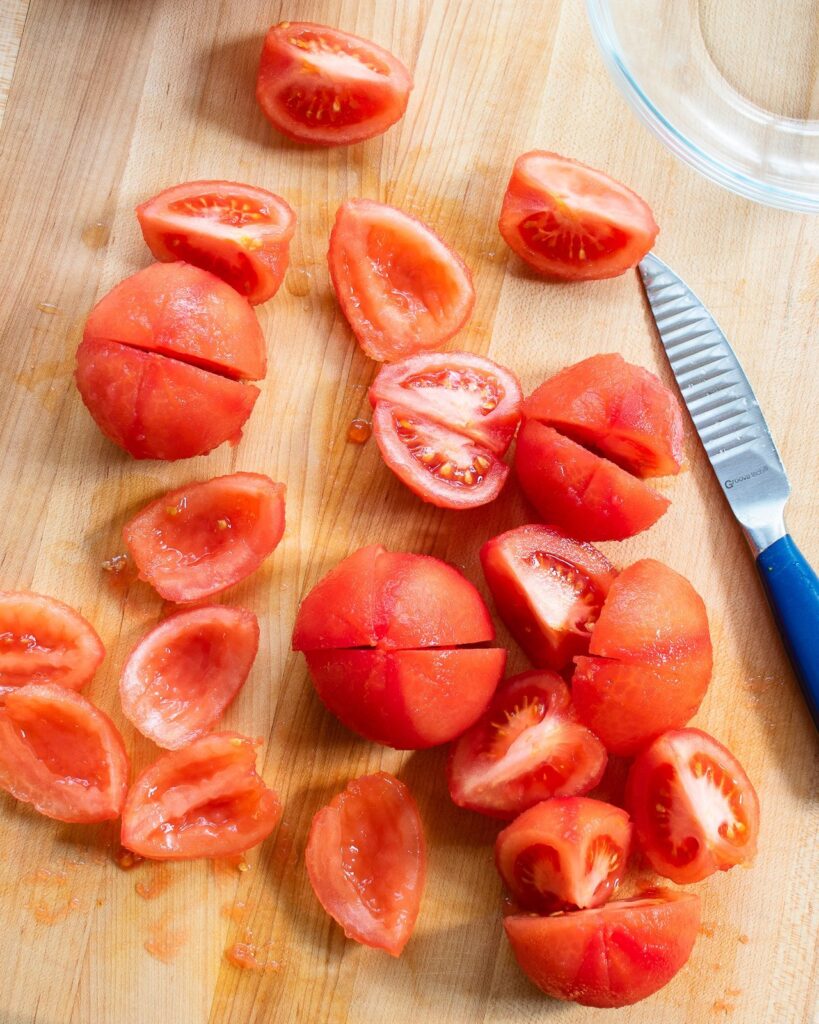
Chop
How you chop your tomatoes depends entirely on how you intend to use them. Traditionally, tomato concassé is finely diced, but you might not need to go to that trouble. If you’re making a marinara sauce, you might be quite happy to have large pieces of tomato in the sauce. Decide what size is important for you and chop accordingly.
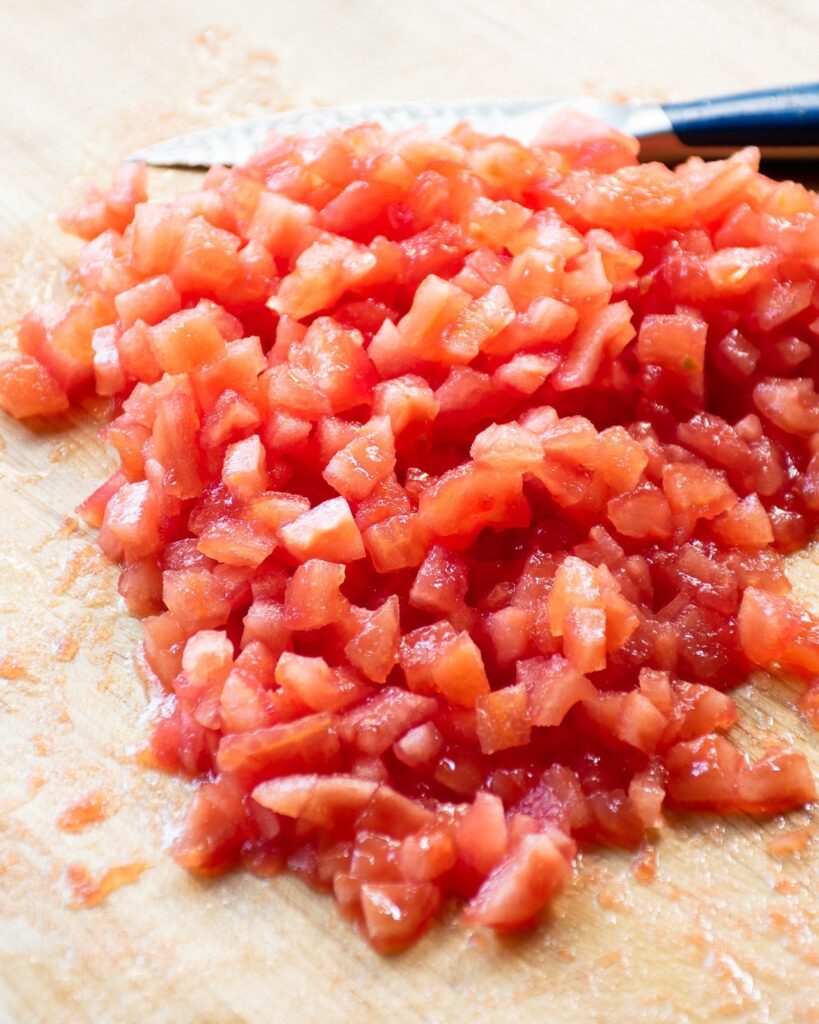
While there are seven steps to making tomato concassé, none of these steps are particularly difficult and the result can be a much better ingredient to add to your recipes. Incidentally, many of these steps can be used on other fruit too. Scoring, blanching and shocking is the best way to peel peaches, plums and apricots too. You might be inclined to think that grabbing your peeler is a better way to go, but I promise you it is not. A peeler will take off too much of the flesh with the skin and it’s amazing how quickly fruit like this become very slippery. Make sure to make tomato concassé at least once in your culinary life. You never know… you might just find the whole process quite therapeutic, and much cheaper than therapy!
Quick Notes:
- Steps in making Tomato Concassée:
- Core. Remove the core of the tomato using a paring knife.
- Score. Mark an ‘X’ on the opposite side of the tomato from the core, slicing only the skin.
- Blanch. Immerse the cored, scored tomatoes in boiling water for 1 – 3 minutes, until the peel starts to pull away from the tomato.
- Shock. Immediately transfer the tomatoes to an ice water bath for about a minute.
- Peel. Remove the peel that is pulling away from the tomato flesh and discard.
- Seed. Quarter the tomatoes and either scoop out the seeds with your fingers, or remove the pithy interior and seeds with your paring knife.
- Chop. Chop the remaining tomato flesh into whatever size dice suits your purposes.
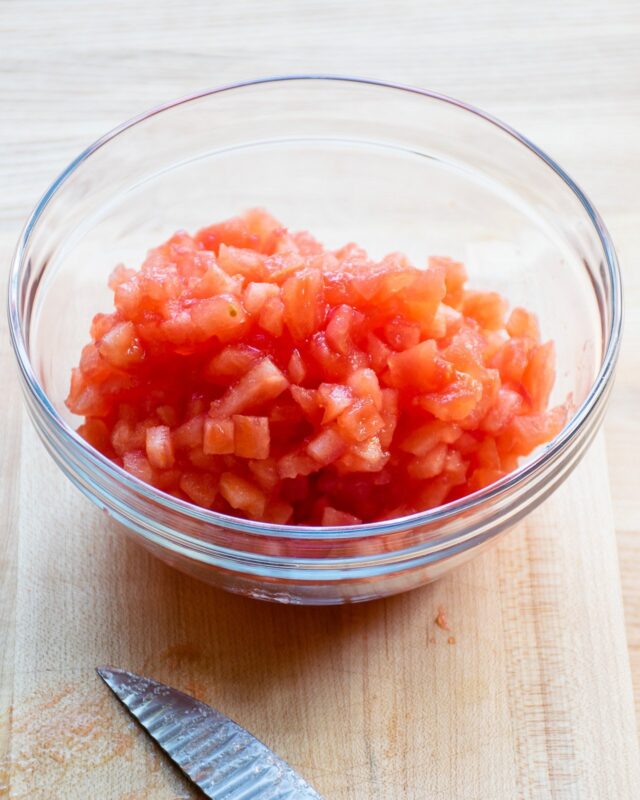
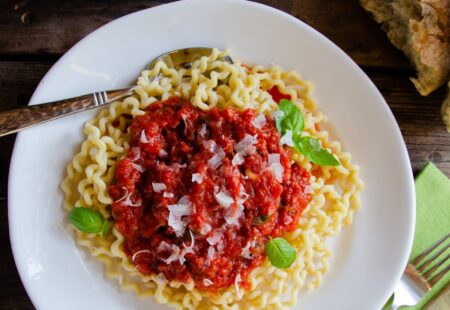



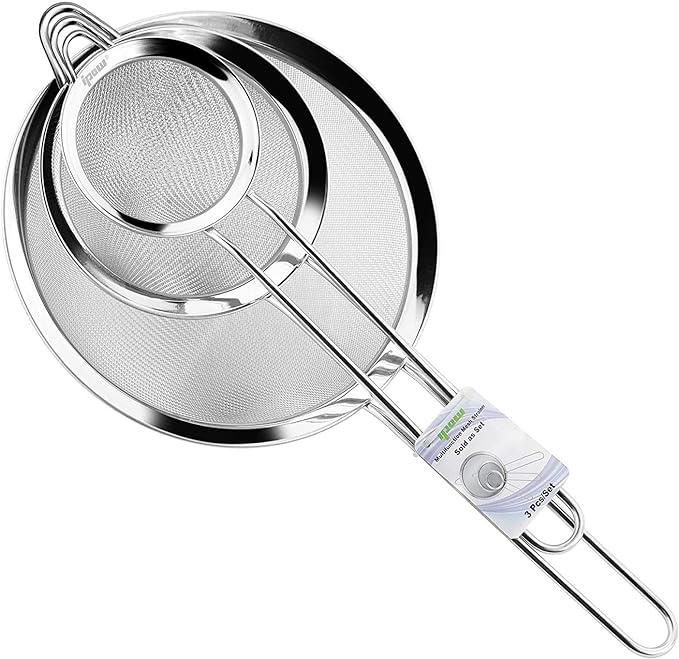

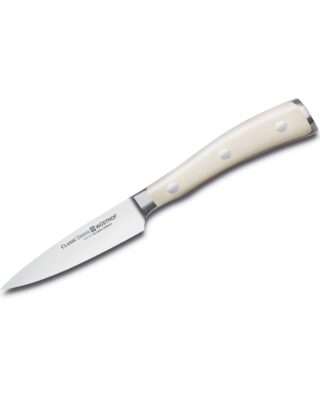
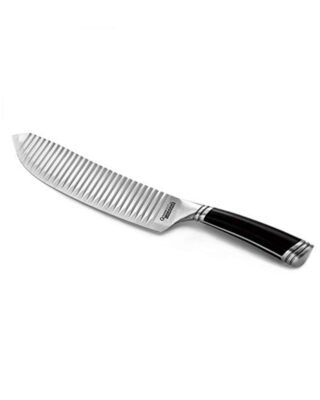
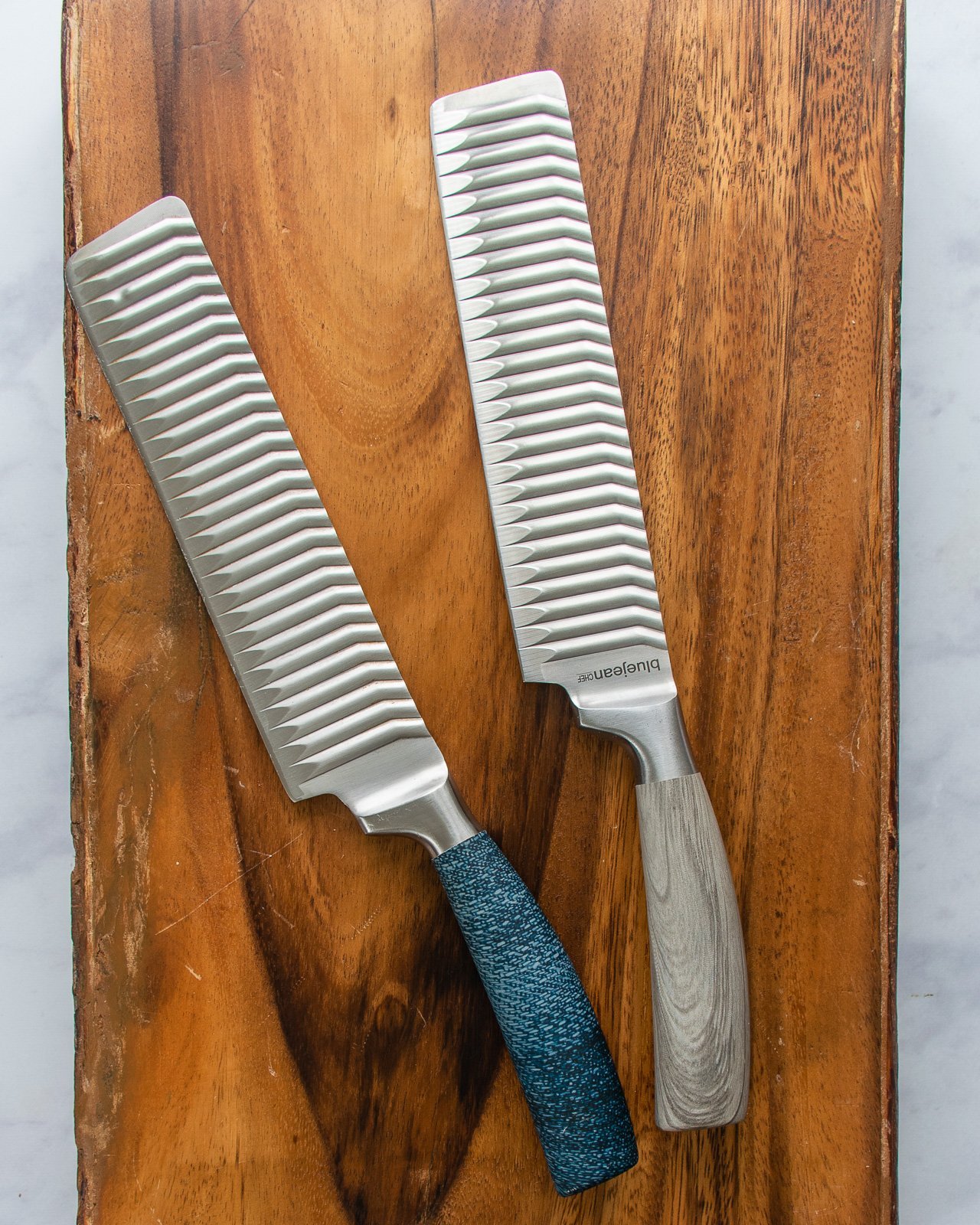
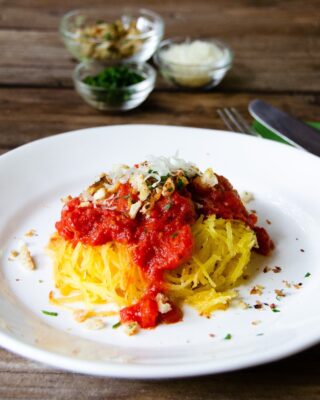
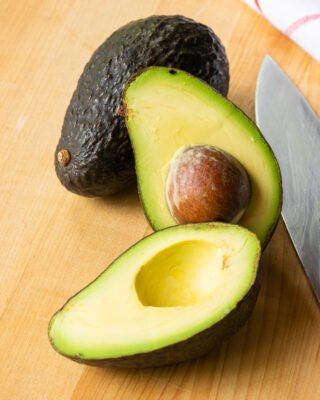
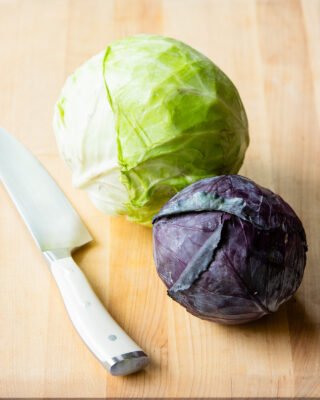
I differ with you on one step……do not core until AFTER peeling…..might cut down on amount of liquid. Otherwise very good instructions.
Do you think this would work with imperfect tomatoes where you have to cut out soft spots BEFORE blanching? I’m going to try it with a bunch of tomatoes I got for free at the end of the season.
Yes – I think it’s a perfect use for imperfect tomatoes.
I love to dehydrate my peels then grind into tomato powder. This year when I canned 30 pounds of tomatoes I ended up with a half cup of tomato powder. Great for enriching tomato dishes that need a little extra oomph.
Great use of the peels, Rosemarie! Well done!
Mickey Ferris I disagree. The tomato is too soft and becomes mush after trying to cut the core out. Much easier doing it before steaming tomatoes.
Do you know roughly, how many Roma tomatoes you need for 6 cups chopped for the marinara sauce? I good guess will do lol! Thanks
Ps, your meatloaf recipe is the best!
Thanks Amy. For the marinara, it will depend on the size of your Roma tomatoes, of course, but about 18 to 24 Romas should give you about 6 cups.
Why do you say core first when in the photographs it shows whole tomatoes being plunged in hot. water? Proof reading might be a good idea to put as stage one.
When you core a tomato you just remove the stem and the white part at the top. The tomato still stays whole. You can clearly see that the third photo on the page shows the tomatoes after they have been cored. The whole tomatoes submerged in the water do have the cores removed which you will want to do before removing the skin on the tomatoes.